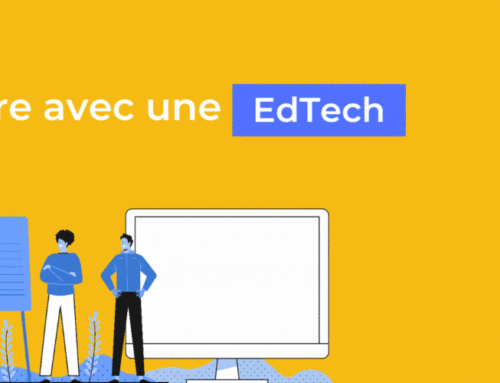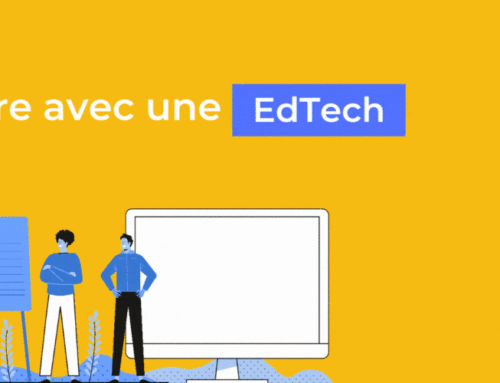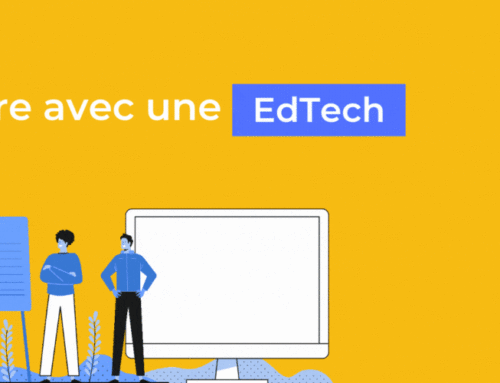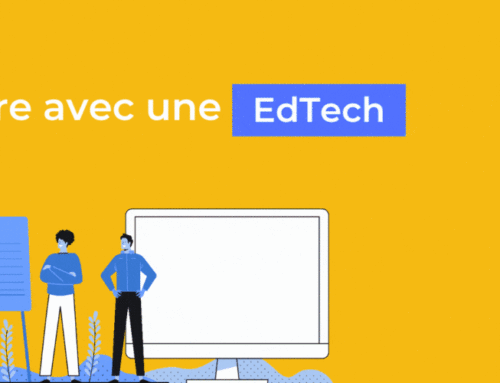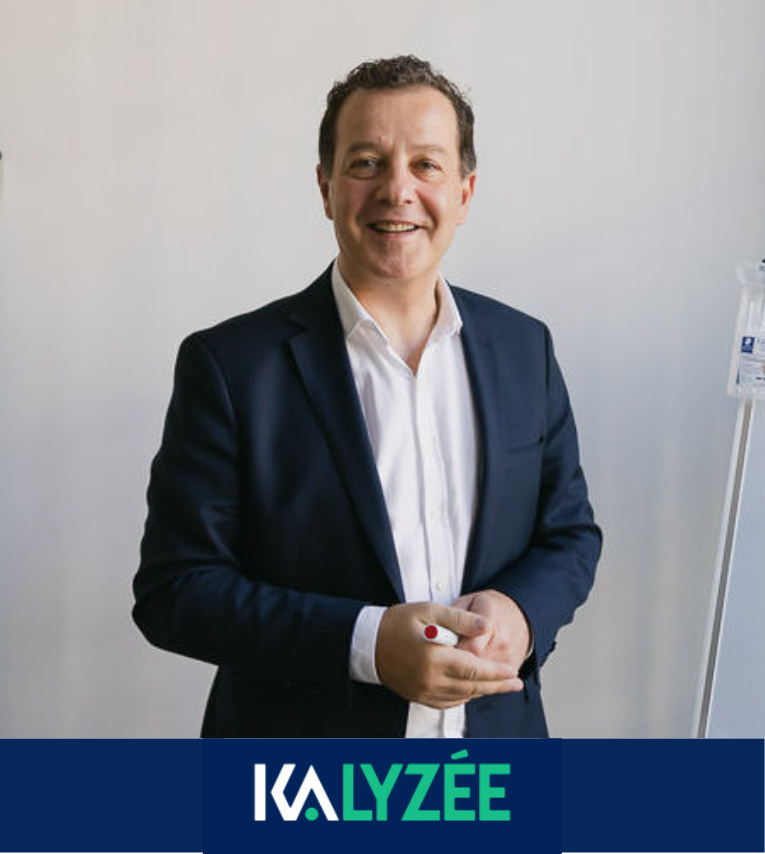
Stéphane Barbati
CEO and co-founder of Kalyzée
Kalyzée designs capture and broadcast solutions for education. You have just returned from #CES2022 where you presented your vision of the future of education. Can you tell us about it?
SB : This year’s CES was a little different from other years, with a lower attendance, around 40,000 people, compared to 180,000 in 2020. Nevertheless, FrenchTech was well and truly present with 120 innovative startups ready to present their solutions to the world. The reduced number of people had a rather positive effect, finally the visitors were extremely qualified, with less tourists, and more buyers!
We had the chance to meet several distributors, journalists, future partners, investors but also some of our customers. We were surprised to see that few Edtechs were present, which still allowed us to easily stand out against the representatives of universities and schools present.
All in all, a very positive outcome, and great opportunities ahead.
What value do you create for your clients?
SB : Since the MOOCs (2011), video has been democratised within higher education organisations. However, the audiovisual production value chain remains complex and expensive to produce videos at scale. Our KAST cameras meet the new challenges of training organisations: training at a distance while maintaining teacher-student interaction. The key to success is to offer a business solution that is perfectly integrated into the existing digital ecosystem.
In concrete terms, Kalyzee has created an end-to-end solution (from video capture to broadcasting) to manage the entire video issue for training professionals. Ultimately, we simplify the use and enrich the experience of all the actors involved (teachers, students, technicians and managers).
Thanks to our Kast Revolt camera, our customers can hold courses in hybrid or remote mode without changing their habits. We offer an all-in-one solution, with both hardware and software. Our Kast Revolt camera has the particularity of synchronising the teacher’s video stream with the presentation material. Controlled remotely with a tablet, it can be used to record a course and also to broadcast it live or recorded to learners directly on their platform.
Many higher education institutions have equipped their classrooms or lecture halls with one or even two cameras. The first camera will film the teacher and the blackboard, with optimal image quality for the remote learner. The second camera can film the students present in the room to broadcast the interactions. The teacher then carries out his or her lesson normally, without worrying about the technical constraints that the hybrid can bring.
During the health crisis, our clients had no problem broadcasting their lessons, thus ensuring an essential educational continuity for the institutions. Our cameras are also available in a mobile version and can be easily moved from room to room, campus to campus, or even in some cases to the teachers’ homes.
What are your ambitions for the coming years?
SB : The transition to digital is a real issue for higher education. We are working more and more with our clients, but also with public bodies, to create the future of education. Our ambition is to be present in all French universities, but also in a dozen American universities from this year.
Knowledge must be a right for all. Today, too many young people still do not have access to education. Video and the internet make it possible to make a course completely scalable, which is not possible in the classroom. I hope that in a few years, video, which is already very democratised, will be a much more important vector of education, thus allowing the least developed countries to have access to it.


